In the early 1990s, during a college summer vacation, at a McDonald’s off I-91 in Brattleboro, Vermont, each morning I made lobster rolls. The responsibility for assembling the day’s rolls was given to me during an impromptu shift meeting, in which Connie, the store manager, asked me and the rest of the morning crew to raise our hands if we liked lobster.
Every hand went up except mine. Nearly all New Englanders love lobster, but I wasn’t a New Englander. I was a temporary transplant from the South, only there to spend the summer with my father before heading back to school in the fall. And I don’t like lobster, so my hand was the only one to stay down.
Connie pointed at me and beckoned for me to follow her to the back of the kitchen. 20 minutes later, I knew how to portion and mix the lobster meat and mayonnaise, to slice the roll, to spoon in two scoops of the lobster/mayo mix, and—most importantly—to place a single lobster claw, taken from a separate bag that was full of them, on top. The claw was the key to the whole endeavor.
For one, the claw signified to the prospective diner that the meat in the McDonald’s lobster roll was, in fact, real lobster, not a cheaper imitation made from crab or pollock. And it was real lobster, to be sure: New Englanders can tell the difference, after all.
Thus reassured by the claw, the McDonald’s diner would be more likely to fork out the $5.99 we charged for the roll, a price which made the roll an absolute steal, compared with the $10-$20 you’d be likely to pay at any other establishment. But lobster is expensive: you may wonder how franchises such as ours could afford to charge so little for the real thing.
Great big buns and one hell of a lot of mayonnaise is how. Lobster is expensive; mayo is not. The lobster/mayo mix I stirred every morning was a few flecks of pink in an ocean of white. But shoved deep into the bun, with the claw to help hide the lopsided lobster/mayo ratio, the McDonald’s lobster roll presented the consumer with what I subsequently learned was called, in marketing departments, perceived value, defined by Investopedia thusly:
In marketing terminology, perceived value is the customers’ evaluation of the merits of a product or service and its ability to meet their needs and expectations, especially in comparison with its peers.
By comparison with its peers, then, the McDonald’s roll was much, much cheaper, but since it contained real lobster (announced by the claw), customers were meant to feel that the product still met their needs and expectations. And by and large, it did. We frequently sold out of the rolls by mid-afternoon, and no one ever seemed to complain too much about the mayonnaise. After all, it was only six bucks. It was fine at that price. What was there to complain about?

Perceived value: if you think you’re getting a good deal, you are. The concept works for fast-food restaurants, clearly, and also in countless other industries. And these days, to a far greater degree than ever before, it has also become a dominant concern among college administrators: from Yale to Yellowstone; from Emerson to Evergreen; from Bryn Mawr to Bluegrass, regardless of location, reputation, or expense, higher education is becoming more concerned with providing their “customers” (they used to be called “students”) with perceived value than with providing them with the highest quality education it can.
The Investopedia entry continues:
Luxury goods carry the perception of value to another level with the addition of prestige. The highest value of luxury goods is not associated with their utility but with the prestige that owning and using it entails. The perceived value of a Rolex watch is not based on its functionality but with its image as a mark of personal success and refined taste.
Likewise, while Harvard is surely a superb school, just as the Rolex is a well-crafted timepiece, is their $50,000-per-year education more than three times better than UMass Boston’s, across town? Maybe, maybe not, but a Harvard degree is certainly prestigious; Harvard’s challenge lies in maintaining that prestige, which is central to justifying their luxury-class tuition. Their customers perceive value in the brand, and how that brand signifies success and taste. But at the other end of the range:
Some brands are marketed as smart bargains. The perceived value of a product may be its low price in comparison with competitors of equal quality.
That’s BCTC: a smart bargain. Same education, lower price. But like the cost of real lobster, the ingredients of a high-quality education—great teachers, up-to-date technology, support services—aren’t cheap. So we must ask the same question we asked of McDonald’s: how can they afford to charge so little for the real thing?
The function mayonnaise serves in the lobster roll is as a diluting agent, or thinner. The more you mix in with the expensive stuff, the cheaper your costs, like a seedy bar watering down the top-shelf gin. Too much and the customers catch on, but you can get away with a lot before they do.
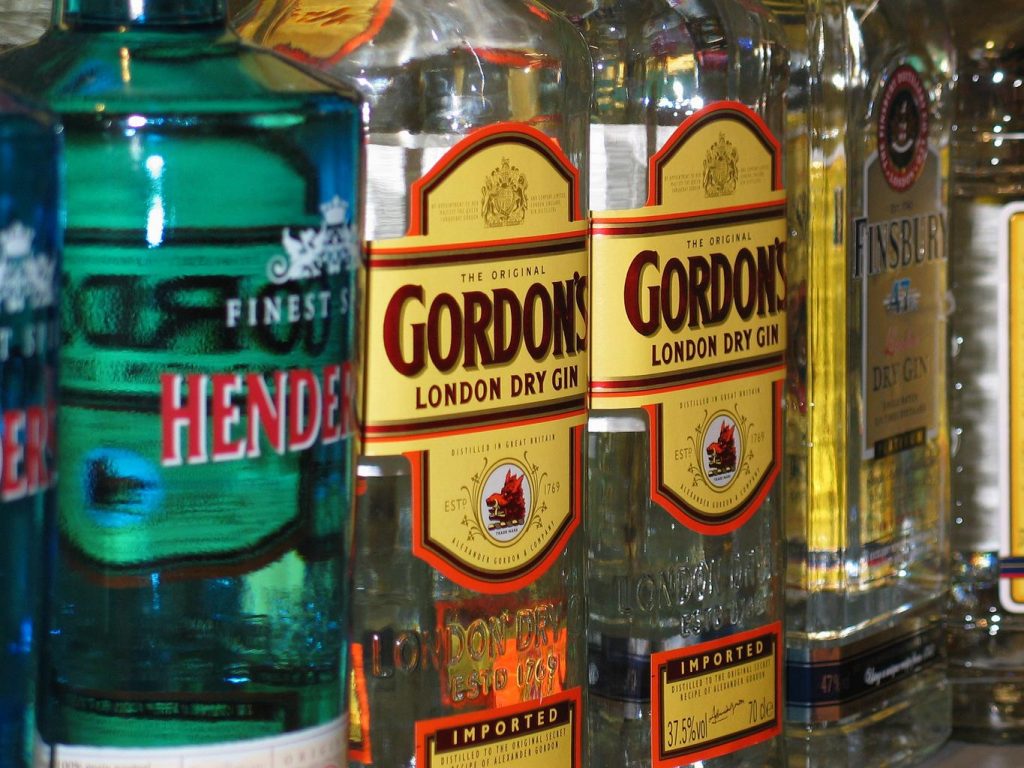
In higher education, costs such as up-to-date technology and capital improvements are often paid through grants or donations, and salaries for support staff are relatively fixed by the market. So where do you add the mayonnaise?
Faculty wages: that’s where you can save some real money. As any fast-food franchise manager worth her fry salt knows, keeping labor costs as low as possible is essential for maximizing profit. So colleges, especially those whose perceived values depend entirely on their low, low prices, skimp on faculty wages. They do this in two ways: first, they compel their full-time faculty to accept larger and larger workloads for pay well below market rate; second, they stock their faculties with ever-larger numbers of part-time faculty, who are paid wages so low, and asked to work in conditions so poor, that scholars have named a new genre of writing—”quit lit“—for the frustrated, rueful essays so many ex-part-timers write and publish upon having had enough of that sort of life.*
This is the thinner: a faculty workforce stretched well beyond it effectiveness, staffed with a half-dozen part-timers for every tenured prof, most of them underpaid, unhappy, and unmotivated. But that need not concern a college, as long as it can maintain its perceived value in the educational marketplace, as long as customers come away feeling that they got a good deal.
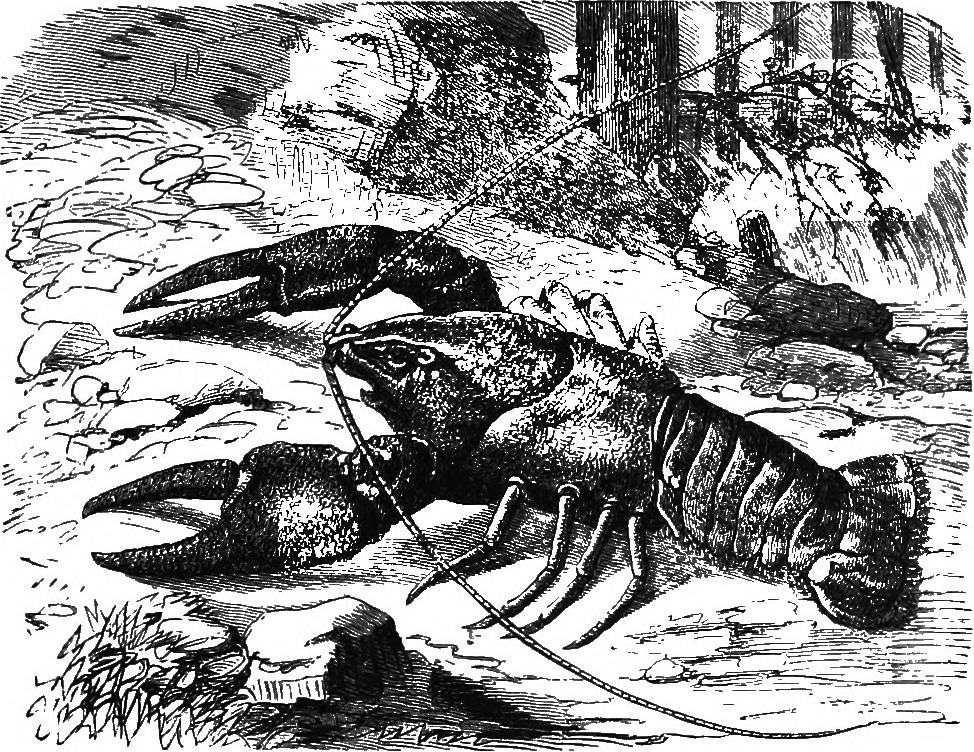
Are BCTC students getting a good deal? Many may not have any idea if they are or not, just for the lack of a point of comparison. If BCTC is their first college, which is likely, they might assume the education they receive there is indeed of comparable quality at a lower price; and if you’ve never had a $20 lobster roll, you might think the mayo-stuffed McDonald’s version is as tasty as they come.
My purpose here isn’t to denigrate BCTC in isolation, divorced from the system in which it operates, but to examine it as a product of that system, one that increasingly emulates the business models of restaurant chains and online retailers, and in doing so elevates the needs of marketing executives above the needs of their “customers.” Consider this consumer advice for the new education marketplace, a guide to understanding what you’re buying.
* The astute reader may identify this essay as belonging to that very genre, in its way.

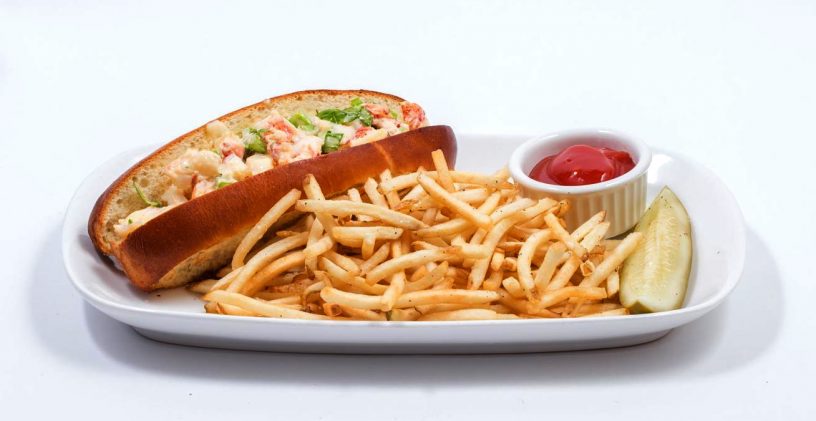
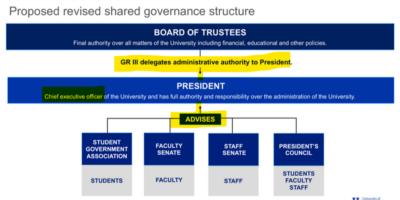

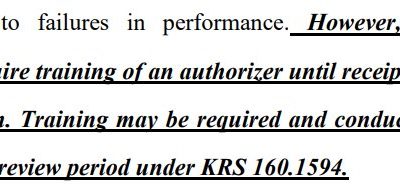
Leave a Reply